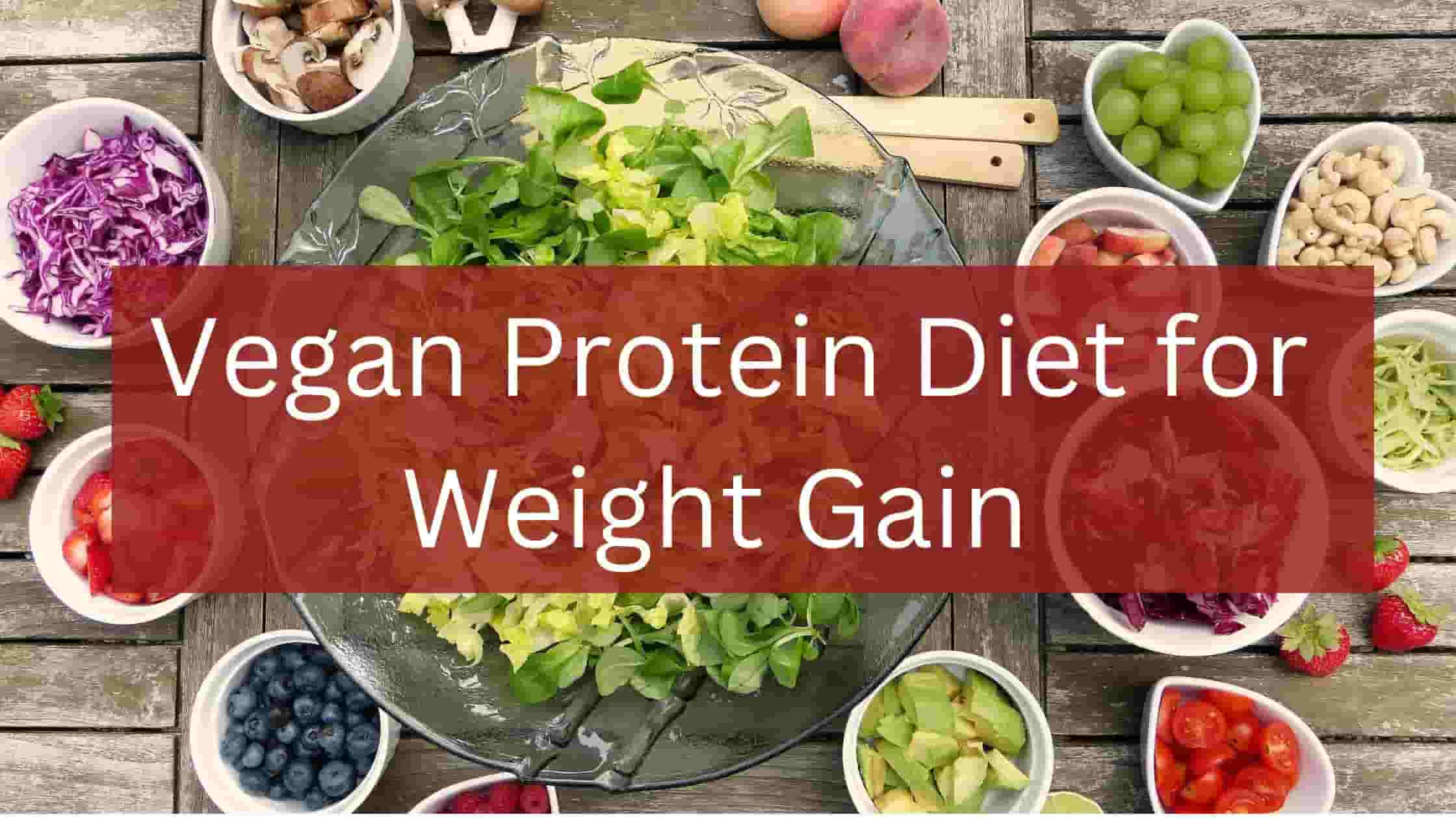
Despite many studies indicating that a plant-based diet is better for you, some people still believe that humans need meat to stay healthy and live longer. However, most of our nutritional needs can be met with a plant-based diet. It will reduce your risk for chronic health problems and help the environment. How can we reduce meat intake while staying healthy? Read on for more information.
Plant-based diets lead to better health
There is growing evidence that plant-based foods are healthier for you than traditional meals. Plant-based diets have a lower level of cholesterol. Three people, men and women, were offered plant-based diets. Blood tests were done to check their cholesterol levels. Participants lost between two and 10 pounds and saw significant reductions in bad cholesterol levels. A second study examined a patient suffering from four heart attacks. After switching to a plant diet, he lost 80 lbs. The first step to a healthy lifestyle is to eliminate processed foods.

Many people find the transition to a plantbased diet difficult. However, others find it easy. Many people start by eliminating one food type or group from their diet. They could then make the transition independently. Eventually, they could eat the diet for a specific day or even a few weeks at a time. They could even eat fish or meat if desired.
They have more vitamins and mineral.
While mainstream dietary guidelines discourage meat consumption it is still one of the richest foods in nutrients. Vitamin D is a hormone the body makes when it is exposed to sunlight. This vitamin is vital for those living in colder regions. Carnosine is another nutrition found in meat. It provides energy to the brain and muscles. Meat is also a good source of fiber.
Many minerals are also found in meat. While iron content is different for different meat types, chicken breasts contain 1.4 mg per 100g. Beef rump beef steak has 1.3mg of iron per 100g. But, sodium can be high in processed meat products with high amounts. However, this is not always true. Meat is a good source of selenium and zinc as well as copper and B vitamins.
They contain more fiber
There are many ways you can increase the fiber content of your diet. Whole grains, legumes, and fruits and veggies are the best sources. Avoid meats and dairy products. These foods are high-in saturated fat and low in fiber. Whole grains are a good source of fiber. You should eat at least five portions of vegetables and fruits each day to get your daily intake of fiber. Fresh fruit has more fiber that canned fruit. Therefore, it is recommended to eat the whole fruits and not just the juice.

Soluble fiber is responsible for a large amount of fiber found in fruits and vegetables. It acts as a sponge and absorbs waste to promote healthy digestion. Soluble fiber is found in foods like oats, lentils, and beans, and is also beneficial for a heart healthy diet. It reduces cholesterol absorption, and encourages bile acid excretion. It is important that you note that plant-based meals have less fiber than meat-based ones.
FAQ
How can I tell what is good for me?
Listening to your body is essential. Your body will tell you how much exercise, nutrition, and sleep you need. To be healthy, you must pay attention and not push yourself too hard. You must listen to your body to ensure you are healthy.
How to measure body fat?
The best way to measure body fat is with a Body Fat Analyzer. These devices are used to determine the body's percentage for people who want weight loss.
What is the best way to live a healthy lifestyle?
Living a healthy lifestyle is one that encourages you to eat well, exercise regularly, get enough sleep, and avoids stress. These guidelines will help you live a long, healthy life.
Start small by changing your diet and exercising routine. Try walking for 30 minutes daily if your goal is to lose weight. You can also take up dancing or swimming if you are looking to be more active. You can also sign up for an online fitness program like Strava or Fitbit to track your activity.
What's the difference between fat/sugar?
Fat is an important energy source, which comes from food. Sugar is a sweet, naturally occurring substance in fruits and vegetables. Both fats (and sugars) have the exact same calories. But fats are twice as calories as sugars.
Fats are stored within the body and can contribute to obesity. They may cause cholesterol buildup and lead to strokes or heart attacks.
Sugars are quickly absorbed into the body and provide instant fuel. This causes blood sugar levels to rise. High blood glucose levels can pose a danger because they increase the chance of developing type II Diabetes.
What can I do to lower my blood pressure?
Find out the causes of high blood pressure first. Then, you can take steps to lower your blood pressure. This could be as simple as eating less salt, losing weight (if necessary), or even taking medication.
Make sure you're getting enough exercise. You can also walk if you don’t have the time.
A gym membership is a good idea if you don't like how much exercise your doing. It's likely that you will want to join a gym with other people who are working towards the same goals as you. It's much easier to follow a routine if someone is with you at the gym.
What's the problem with BMI?
BMI is the acronym for Body Mass Index. It measures body fat based upon height and weight. The following formula is used to calculate BMI:
Weight in kilograms divided by height in meters squared.
The score is expressed as a number between 0 and 25. Scores of 18.5 and higher indicate overweight, while scores of 23 and higher indicate obesity.
A person who is 100kg and 1.75m tall will have a 22 BMI.
Statistics
- nutrients.[17]X Research sourceWhole grains to try include: 100% whole wheat pasta and bread, brown rice, whole grain oats, farro, millet, quinoa, and barley. (wikihow.com)
- WHO recommends reducing saturated fats to less than 10% of total energy intake; reducing trans-fats to less than 1% of total energy intake; and replacing both saturated fats and trans-fats to unsaturated fats. (who.int)
- The Dietary Guidelines for Americans recommend keeping added sugar intake below 10% of your daily calorie intake, while the World Health Organization recommends slashing added sugars to 5% or less of your daily calories for optimal health (59Trusted (healthline.com)
- This article received 11 testimonials and 86% of readers who voted found it helpful, earning it our reader-approved status. (wikihow.com)
External Links
How To
What does the word "vitamin" mean?
Vitamins can be described as organic compounds found in food. Vitamins allow us to absorb nutrients from food. Vitamins cannot come from the body so food must provide them.
There are two types of vitamins: water soluble and fat soluble. Water-soluble vitamins dissolve quickly in water. Vitamin C,B1(thiamine), B2 (2riboflavin), and B3 (3niacin), as well as vitamin C,B1, B2 (riboflavin), and B3 (niacin), vitamin B6 (pyridoxine), vitamin folic acid (biotin), pantothenic, and choline are examples. Fat soluble vitamins are stored in the liver and fatty tissue. You can find vitamin D, E K, A and beta carotene as examples.
Vitamins can be classified by their biological activity. There are eight major groups of vitamins:
-
A - essential for normal growth and maintenance of health.
-
C - important for proper nerve function and energy production.
-
D - Vital for healthy bones and teeth
-
E - needed for good vision and reproduction.
-
K - essential for healthy nerves, muscles, and joints.
-
P - essential for strong bones, teeth and tendons
-
Q - aids digestion and absorption of iron.
-
R - Red blood cells are made from red blood cells.
The recommended daily allowance (RDA) of vitamins varies depending on age, gender, and physical condition. The U.S. Food and Drug Administration, (FDA), sets the RDA value.
For example, the RDA for vitamin A is 400 micrograms per dayfor adults 19 years or older. For fetal development, pregnant women require 600 micrograms per daily. Children ages 1-8 require 900 micrograms per day. For infants younger than one year, 700 micrograms are required daily. However, this number drops to 500 micrograms each day for children aged 9-12 months.
Children between the ages of 1-18 need 800 micrograms per daily for obesity, while those overweight require 1000 micrograms. To meet their nutritional needs, children underweight and obese need 1200micrograms.
Children aged 4-8 who have anemia are required to consume 2200 micrograms of Vitamin C daily.
2000 micrograms is the minimum daily intake for general health in adults older than 50 years. Mothers who are pregnant, nursing, or have a high nutrient need will require 3000 micrograms a day.
Adults over 70 need 1500 micrograms daily, since they lose around 10% of their muscle mass every decade.
Women who are pregnant and lactating need more nutrients than the RDA. Pregnant women require 4000 micrograms daily during pregnancy, and 2500 micrograms every day after birth. Breastfeeding mothers need 5000 micrograms per day when breast milk is being produced.